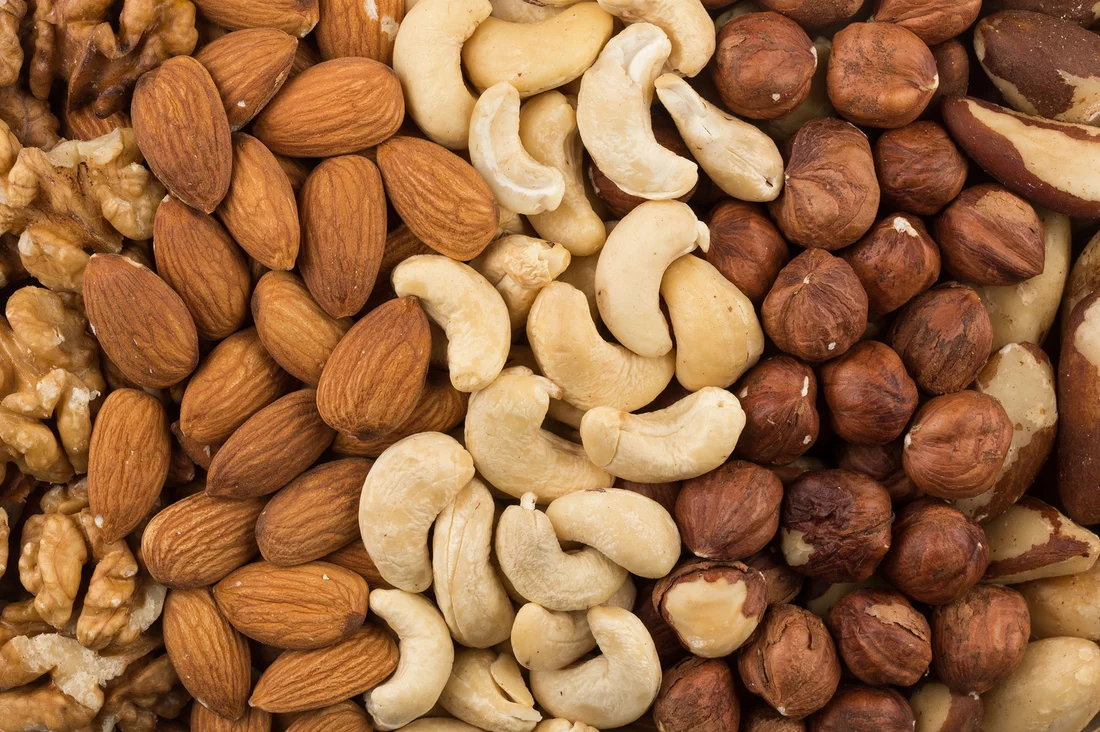What are the symptoms of the Somogyi effect?
The Somogyi effect, also known as rebound hyperglycemia, occurs when blood glucose levels drop too low during the night (hypoglycemia) and the body responds with a rebound increase in blood glucose levels. The symptoms associated with the Somogyi effect often involve signs of both hypoglycemia and hyperglycemia. These may include:
- Morning Hyperglycemia: Elevated blood glucose levels upon waking, often higher than usual.
- Night Sweats: Excessive sweating during the night due to low blood glucose levels.
- Headaches: Morning headaches can result from fluctuations in blood glucose levels.
- Nightmares or Disturbed Sleep: Unsettling dreams or interrupted sleep due to low blood sugar episodes.
- Fatigue: Feeling unusually tired or fatigued upon waking, which can be due to both the hypoglycemic episode and the subsequent rebound hyperglycemia.
- Increased Thirst: Excessive thirst can be a sign of high blood sugar levels.
- Frequent Urination: Increased urination can occur as the body attempts to get rid of excess glucose.
- Confusion or Irritability: Mood swings or cognitive function related to fluctuations in blood glucose.
If you suspect you have the Somogyi effect, it’s important to monitor your blood glucose levels regularly, particularly overnight, and discuss your symptoms with a healthcare provider. Adjustments in insulin dosage or timing, dietary changes, or other modifications to your diabetes management plan may be necessary to address this issue.
What are the causes of the Somogyi effect?
The Somogyi effect, or rebound hyperglycemia, is caused by a complex interaction of factors related to blood glucose management. Here are the primary causes:
- Overmedication with Insulin: Taking too much insulin, especially at night, can cause blood glucose levels to drop excessively, leading to hypoglycemia. The body then responds by releasing hormones like glucagon and adrenaline to raise blood glucose levels, resulting in rebound hyperglycemia.
- Inadequate Nighttime Snacks: Skipping or not having a sufficient nighttime snack can contribute to hypoglycemia during the night. This lack of food can lead to a drop in blood sugar levels that triggers the Somogyi effect.
- Incorrect Insulin Dosage or Timing: Using incorrect insulin doses or timing can disrupt normal blood glucose regulation. For instance, taking insulin too close to bedtime or using a dose that’s too high can lead to low blood sugar levels during the night.
- Increased Physical Activity: Engaging in excessive physical activity, especially close to bedtime, can increase insulin sensitivity and lower blood glucose levels. If insulin is not adjusted accordingly, it can lead to nighttime hypoglycemia and subsequent rebound hyperglycemia.
- Poor Insulin Absorption: Factors such as injecting insulin into areas with poor absorption or damaged injection sites can result in erratic insulin action, leading to unexpected drops in blood glucose levels.
- Dietary Changes: Changes in dietary habits or inconsistent carbohydrate intake can affect blood glucose levels. Inadequate or inconsistent eating patterns can contribute to fluctuations in blood glucose, including hypoglycemic episodes followed by rebound hyperglycemia.
- Hormonal Fluctuations: Hormonal changes, including stress or illness, can influence blood glucose levels and insulin sensitivity, potentially leading to episodes of hypoglycemia followed by rebound hyperglycemia.
Managing the Somogyi effect involves careful monitoring of blood glucose levels, adjusting insulin doses or timing, ensuring adequate nighttime nutrition, and working with a healthcare provider to fine-tune diabetes management strategies.
What is the treatment for the Somogyi effect?
The treatment for the Somogyi effect involves addressing both the hypoglycemic episode and the resulting rebound hyperglycemia. Here are strategies to manage and prevent the Somogyi effect:
- Adjust Insulin Dosage: Review and potentially reduce the evening or nighttime insulin dose to prevent excessive drops in blood glucose levels. This adjustment should be done under the guidance of a healthcare provider.
- Modify Insulin Timing: Consider altering the timing of insulin administration to avoid overlaps with periods of low blood glucose. For instance, adjusting the timing of long-acting insulin or split dosing might help.
- Monitor Blood Glucose Levels: Implement regular blood glucose monitoring, including overnight checks if necessary. Continuous glucose monitoring (CGM) can help track fluctuations and identify patterns related to the Somogyi effect.
- Include a Bedtime Snack: Adding a small, balanced snack before bedtime can help stabilize blood glucose levels overnight. This snack should include carbohydrates and protein to maintain steady glucose levels.
- Adjust Physical Activity: Modify exercise routines, especially close to bedtime, to avoid hypoglycemia. Ensure physical activity is well-balanced with insulin and carbohydrate intake.
- Review Dietary Habits: Ensure that meal and snack times are consistent and that carbohydrate intake aligns with insulin dosing. Avoid significant changes in diet that could affect blood glucose levels.
- Evaluate Insulin Injection Sites: Ensure proper injection techniques and rotate sites to avoid problems with insulin absorption.
- Consult with a Healthcare Provider: Work closely with a healthcare provider to review diabetes management, adjust treatment plans, and address any underlying issues contributing to the Somogyi effect.
By carefully managing these aspects, individuals can reduce the risk of experiencing the Somogyi effect and achieve more stable blood glucose control.

Leave a Reply
You must be logged in to post a comment.